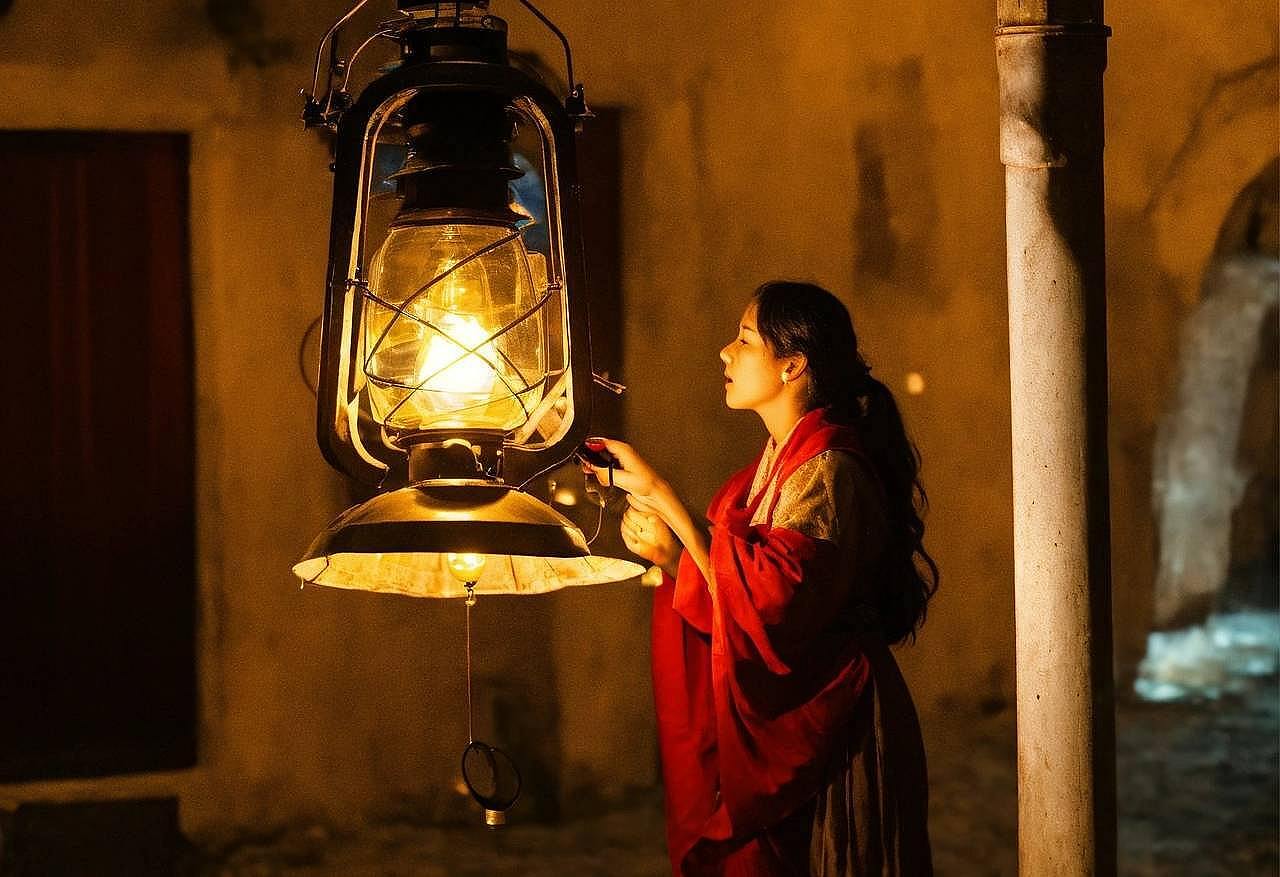The Lantern in Folk Cultures Around the World... What Does It Mean?

The lantern, this candle adorned with various shapes and colors, has a presence that extends beyond just illuminating the darkness. It is a symbol in many folk cultures around the world, carrying deep and diverse meanings that express celebrations, traditions, and emotions.
In Chinese culture, the lantern is considered a symbol of happiness and prosperity. Lanterns are used during Chinese New Year celebrations and autumn festivals, where they are hung in streets and homes to bring good luck and express joy and optimism.
In Japanese culture, lanterns are used in festivals such as Tanabata, Obon, Obon Matsuri, and Valentine's Day, where they symbolize romance, solidarity, and beautiful memories.
In Indian culture, the lantern is an integral part of religious celebrations like Diwali, where it is used to decorate homes and illuminate streets, symbolizing the light that defeats darkness and evil.
The role of lanterns is not limited to religious celebrations; they are used in many folk cultures around the world as a means of expressing hope, solidarity, and social cohesion. They are not just colorful lights, but living symbols that reflect the diversity of cultures and the power of common human connections.